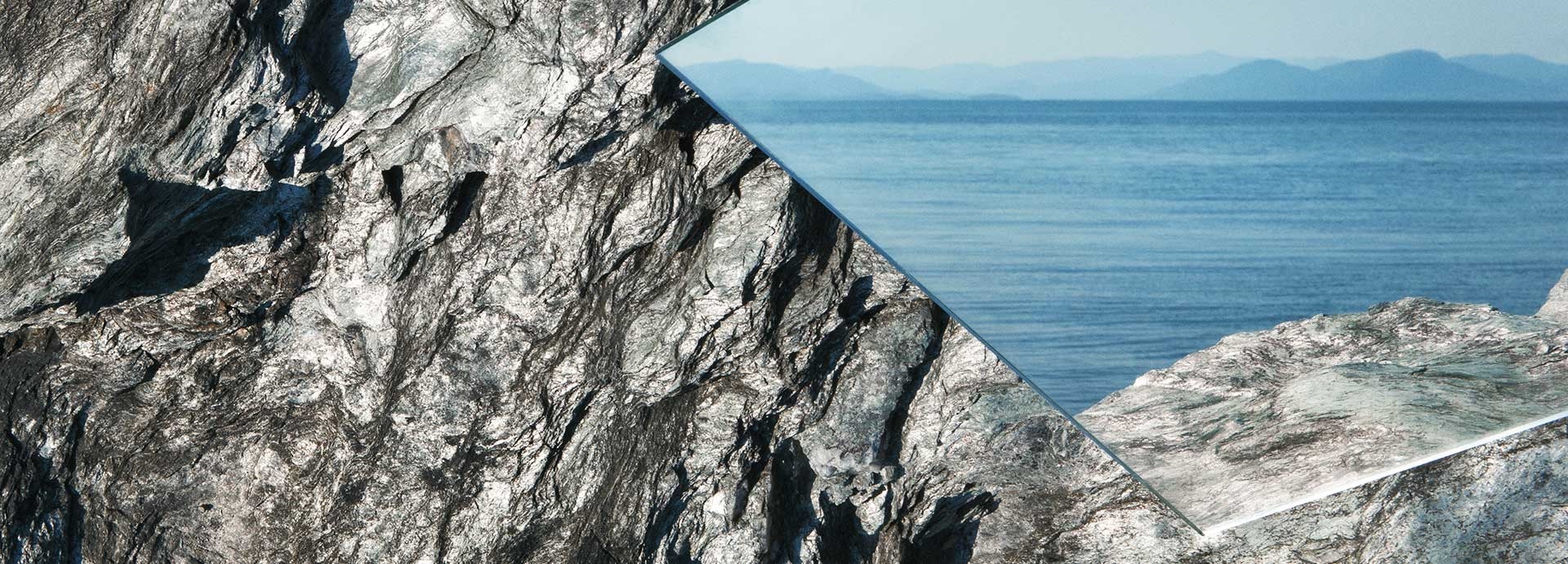

P
423 results
Spaces provided for the accommodation and usage of passengers, excluding baggage, store, provision and mailrooms, (SOLAS).
The FINNMARKEN is a cruise ship that can carry vehicles and both dry and refrigerated cargoes.
Passivation, in physical chemistry and engineering, refers to a material becoming "passive," that is, less affected or corroded by the environment of future use.
Passive cooling is a building design approach that focuses on heat gain control and heat dissipation in a building in order to improve the indoor thermal comfort with low or no energy consumption.
Passive house is a voluntary standard for energy efficiency in a building, which reduces the building's ecological footprint.
Passive nuclear safety is a design approach for safety features, implemented in a nuclear reactor, that does not require any active intervention on the part of the operator or electrical/electronic feedback in order to bring the reactor to a safe shutdown state.
Passive solar building design does not involve the use of mechanical and electrical devices, instead the windows, walls, and floors are made to collect, store, reflect, and distribute solar energy, in the form of heat in the winter and reject solar heat in the summer.
Blades are mounted to the rotor at a fixed angle that are designed to twist in high winds which will cause turbulence on the upwind side of the blade, inducing stall.
A patent is a title that gives its owner the legal right to exclude others from making, using, or selling an invention for a limited period of years in exchange for publishing an enabling public disclosure of the invention.
The path of least resistance is the physical or metaphorical pathway that provides the least resistance to forward motion by a given object or entity, among a set of alternative paths.
The ferry features a hull topped with a virtually full length superstructure containing four decks laid out with public rooms and cabins for 1164 passengers and 36 crew. Drivers are catered for separately with 4x4 berth cabins.
Freight-carrying capacity of a ship.
Peak coal is the peak consumption or production of coal by a human community.
The maximum electricity consumption level reached.
Demand response is targeted at reducing peak demand to reduce the risk of potential disturbances, avoid additional capital cost requirements for additional plants, and avoid use of more expensive or less efficient operating plants.
Peak oil is the year when the maximum rate of extraction of petroleum is reached, after which it is expected to enter terminal decline.
Peak shaving refers to leveling out peaks in electricity use by industrial and commercial power consumers. This is possible by temporarily scaling down production, activating an on-site power generation system, or relying on a battery.
Peak uranium is the point in time that the maximum global uranium production rate is reached.
The amount of additional generating capacity that can be utilised during peak demand periods. These are generators that are not continuously connected to the power grid.
Peaking power is when demand is higher than normal during a time period.